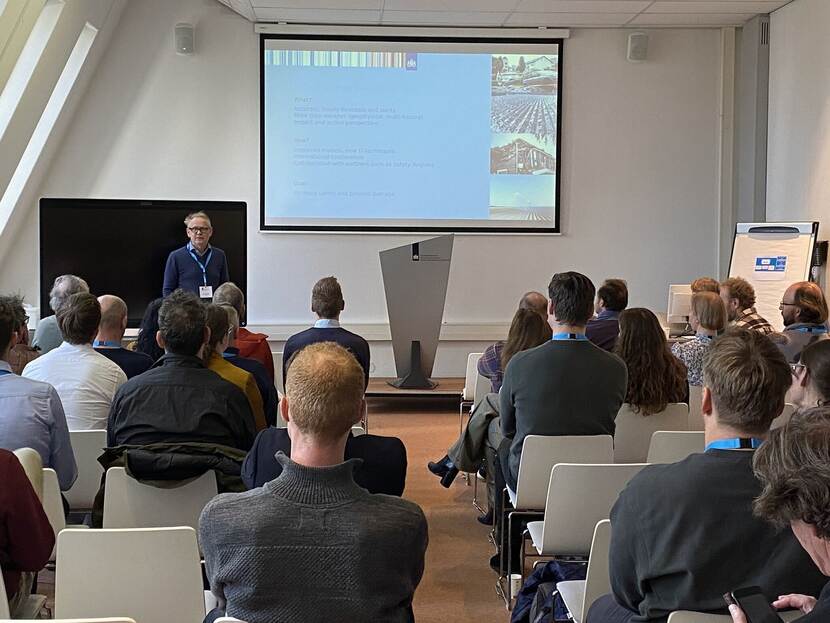Newsletter new style
This year we are starting with a new concept for the newsletter. We will no longer send our newsletter via the mail, but will distribute them through our website. To receive them in your mailbox again, it is important that you register 'again' via the subscribe button on the website. We cannot do this for you due to the legislation. So for the latest news about our portal, please sign up on our Open Data newsletter page. If you have any questions, please send an e-mail to opendata@knmi.nl.
